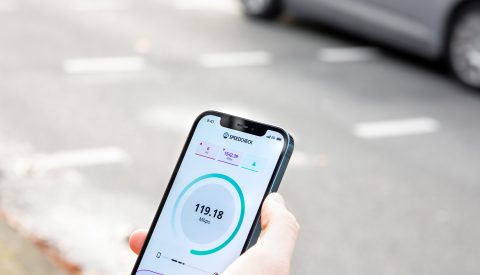High-speed internet has become a major focus across rural Indiana. From electric cooperatives and allied rural organizations to the offices of the governor, lieutenant governor and legislators who serve rural areas, finding the financial wherewithal to fund expensive fiber-optic networks into sparsely-populated areas is no longer a quixotic quest. It’s happening.
“Hoosiers need affordable, quality internet regardless of where they live, work or go to school,” Gov. Eric J. Holcomb told Indiana Connection. “Access to broadband brings countless opportunities. And that’s why I’m excited to see key infrastructure projects positively impact economic development, health, agriculture and quality of life.”
Closing the digital divide allows those in under-served or unserved areas the same opportunities that exist in connected communities:
- Millions of Americans lack broadband. About 34 million Americans don’t have high-speed internet service. Many of these people live in rural, low density areas.
- Private carriers fear rural costs. There is a huge gap between the benefits to consumers and what a private service provider will earn by deploying broadband in areas with low population density.
- Broadband backbone eases cooperative entry. A modern electric cooperative requires up-to-the-minute smart communications technology, and that requires a broadband backbone. Such a system would allow the cooperative to communicate with its substations, better oversee power lines to restore or even prevent outages in a timely fashion, and provide smart meters and other advances consumers demand. A broadband backbone also affords cooperatives the opportunity to provide retail high-speed internet, when possible, as it passes fiber-optic cable by members’ homes and businesses. Cooperatives that build a broadband backbone for their electric power system can more economically connect rural areas.
- A good partner can help. Many hands lighten the load, and that rings true for rural broadband. While electric cooperatives may have infrastructure in place and brand recognition among consumers in rural areas they serve, the cost to deliver high-speed internet can give many pause. Government loans and loan guarantees and grants for rural broadband can help close the digital divide. Partnerships between cooperatives and private carriers are an economical way to deliver internet service to members.



